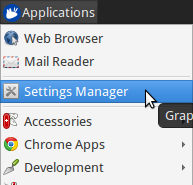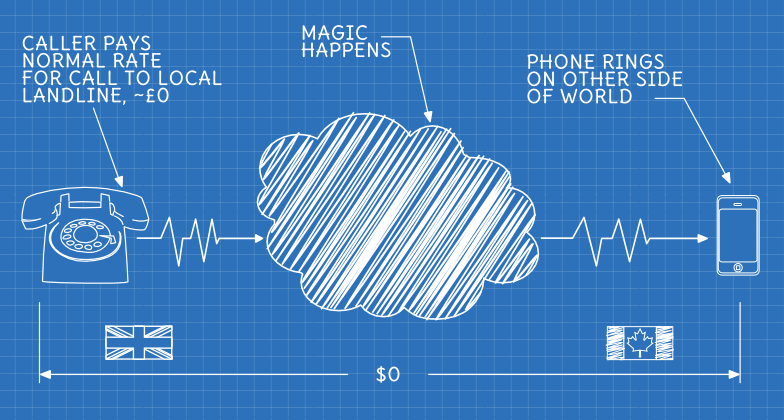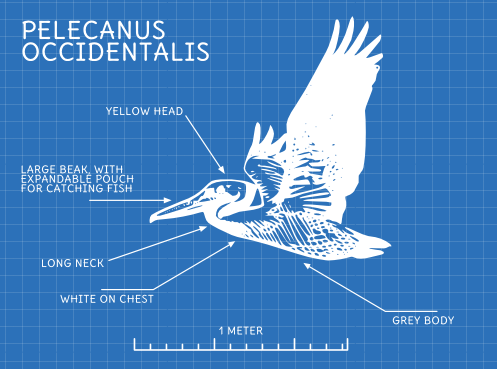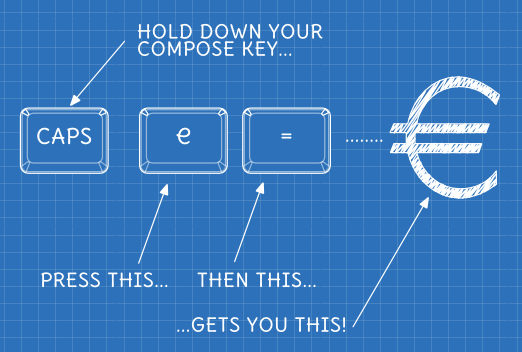I switched my XFCE machines over to use Compton for window compositing today - and it’s a noticeable improvement.
A compositor glues your stacks of windows together to form the final image that you see on screen. It’s responsible for any fancy effects like drop-shadows, as well drawing windows while dragging, resizing and minimizing or maximizing them. [1]
Compton does this beautifully. It does one thing and it does it well. It provides glassy smooth, tear free compositing and supports a few tasteful effects - drop shadows, fades and transparency.
I stumbled across this while searching for something else and found a great guide in the NeoWin forums [2], where most of this info comes from, so thanks ViperAFK.
Switch off the existing compositor

You’ll need to switch of any existing compositing you’ve got running, otherwise this won …


